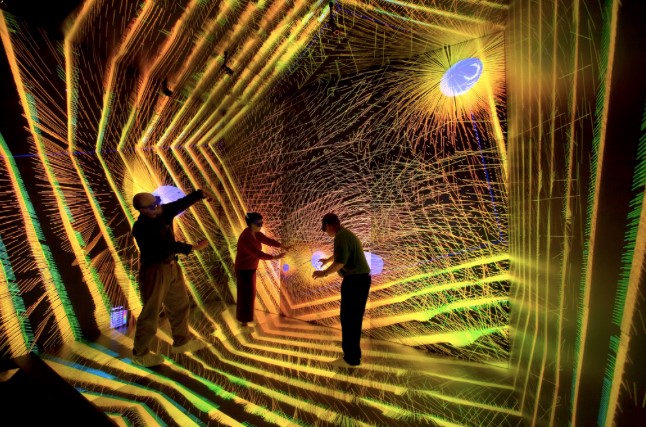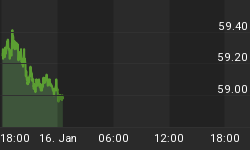Virtual reality, augmented reality, immersive reality, mixed reality and finally merged reality … Welcome to the world of digital layering, awash with cutting-edge technologies that are mostly powered by rather dorky and clunky hardware, but truly fascinating nonetheless.
The digital reality industry is exploding, and tech titans are in an arms race to cut themselves a niche in the sector, earn bragging rights for the snazziest devices that will drive future billion-dollar valuations.
VR and AR have been creating the most buzz, though the average user might be hard-put to tell one from the other. That's hardly surprising when the media, and sometimes the innovators themselves, tend to use the two terms interchangeably. But when it comes to alternate realities, either one will emerge to redefine existence, or the two leaders will merge to become an even bigger reality.
Similar Digital Realities, Different Technologies
VR and AR are two sides of the same coin though they have significantly different capabilities.
VR is the grandfather of our alternate reality, with the first VR devices dating all the way back to the era of the head-mounted Telesphere Mask.

(Click to enlarge)
Much earlier attempts at VR had been made in the form of 360-degree murals.
And modern examples of VR devices include Oculus VR, Samsung GearVR and HTC Vive.
AR has been slower off the blocks, mainly because the underlying technology requires more fine-tuning for things like motion controllers, depth sensors and cameras for a truly awesome user experience.
Apple’s brand new ARKit, Microsoft's HoloLens, Snap glasses, Google Cardboard and Magic Leap's soon-to-come AR glasses all belong to the AR camp.

VR is a totally immersive experience that completely shuts out the outside world by creating a virtual environment for the user to inhabit. VR experiences can be totally cool but lack a real-world feeling because they involve little or no sensory input from the user or their environment. Related: Bullish Developments Fail To Prop Up Gold Prices
AR, on the other hand, works by mapping the real world and then laying virtual objects on top of it. The real world becomes the backdrop of the AR environment that the user is able to control. AR, unlike VR, is like a half-complete painting that allows you to add your own details.
Another significant difference is the hardware. VR mostly relies on those unmissable head-mounted-displays (HMD), while AR devices mostly use smartphone cameras as their portal.
Inflection point for AR
VR has found a ready market in the entertainment industry, though CAVE automatic virtual environments might be fun for big labs and academia where they can be used to display virtual content in room-sized screens.

(Click to enlarge)
AR, on the other hand, has more potential for long-term commercial applications.
A case in point is this AR app by IKEA that allows customers to ''virtually'' move furniture around and see how it's going to look in their sitting rooms.
Similarly, Snapchat has come up with a comparable albeit more goofy idea of a dancing hotdog that can be placed into different camera views. It’s only a matter of time before other marketing teams jump into the AR bandwagon.
Quite naturally, smartphone companies like Apple have been hyping up AR's potential over VR. However, they can now back up their claims using this SuperData Report that says consumer AR is set to pull ahead of VR somewhere around 2021, mainly driven by mobile AR and games like Pokémon Go.

(Click to enlarge)
Source: SuperData
Gartner has placed AR only behind VR in its 2017 Hype Cycle chart of emerging technologies. Remarkably, the two are ranked as the most advanced emerging technologies, implying that an investment in either sector might pay off in the long-run.

(Click to enlarge)
Source: Gartner
By Michael Scott for Safehaven.com
More Top Reads From Safehaven.com:

















